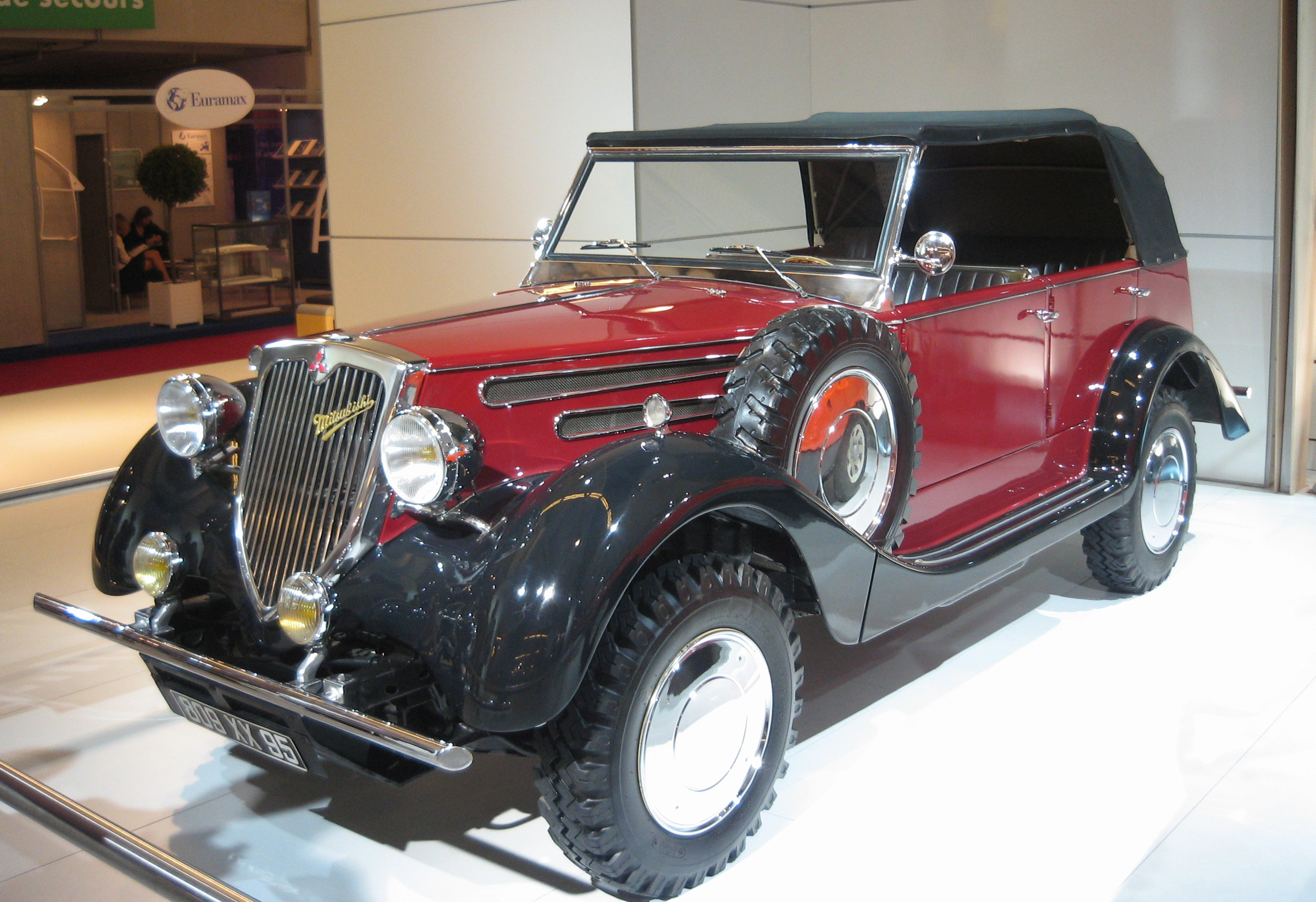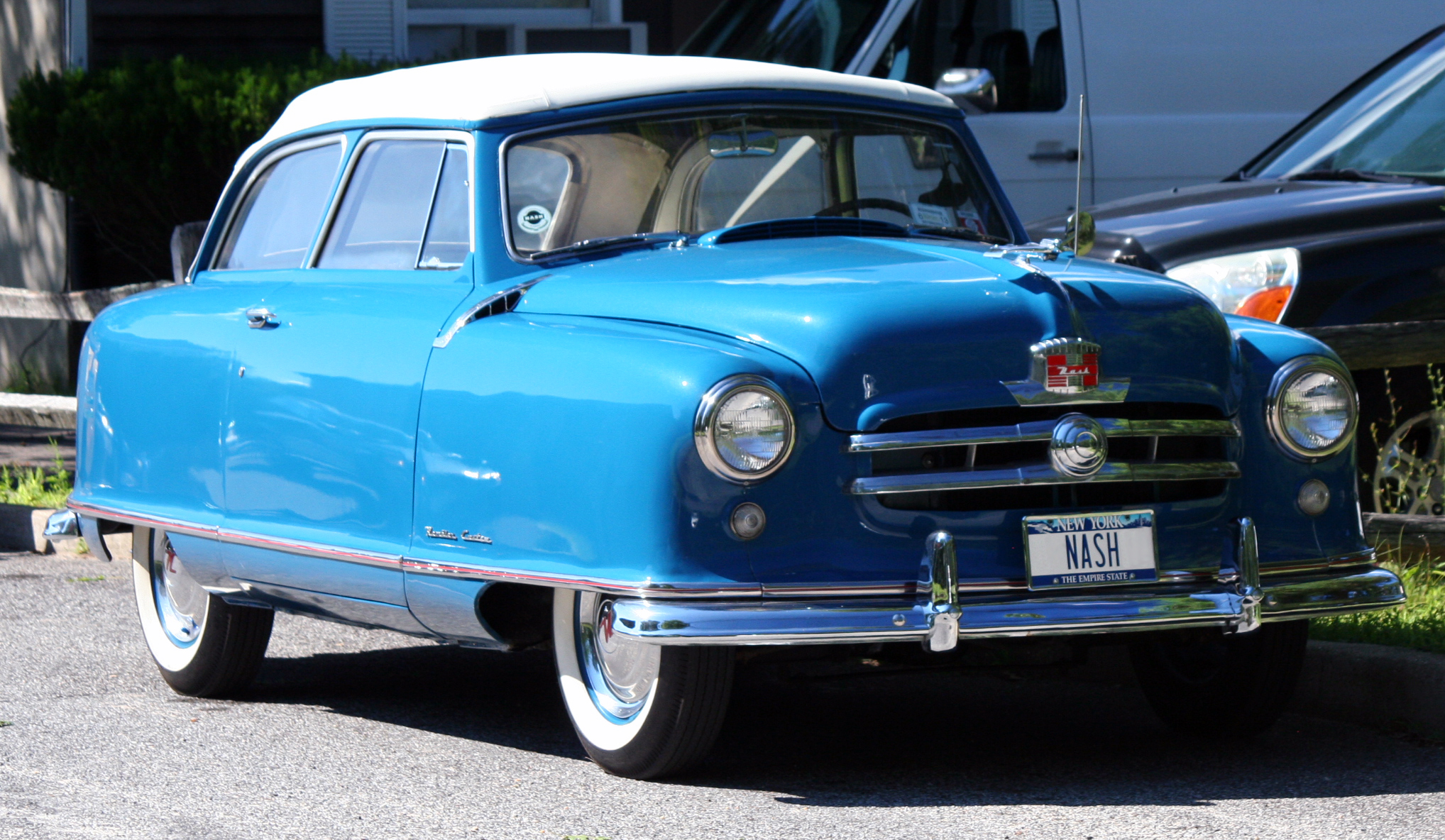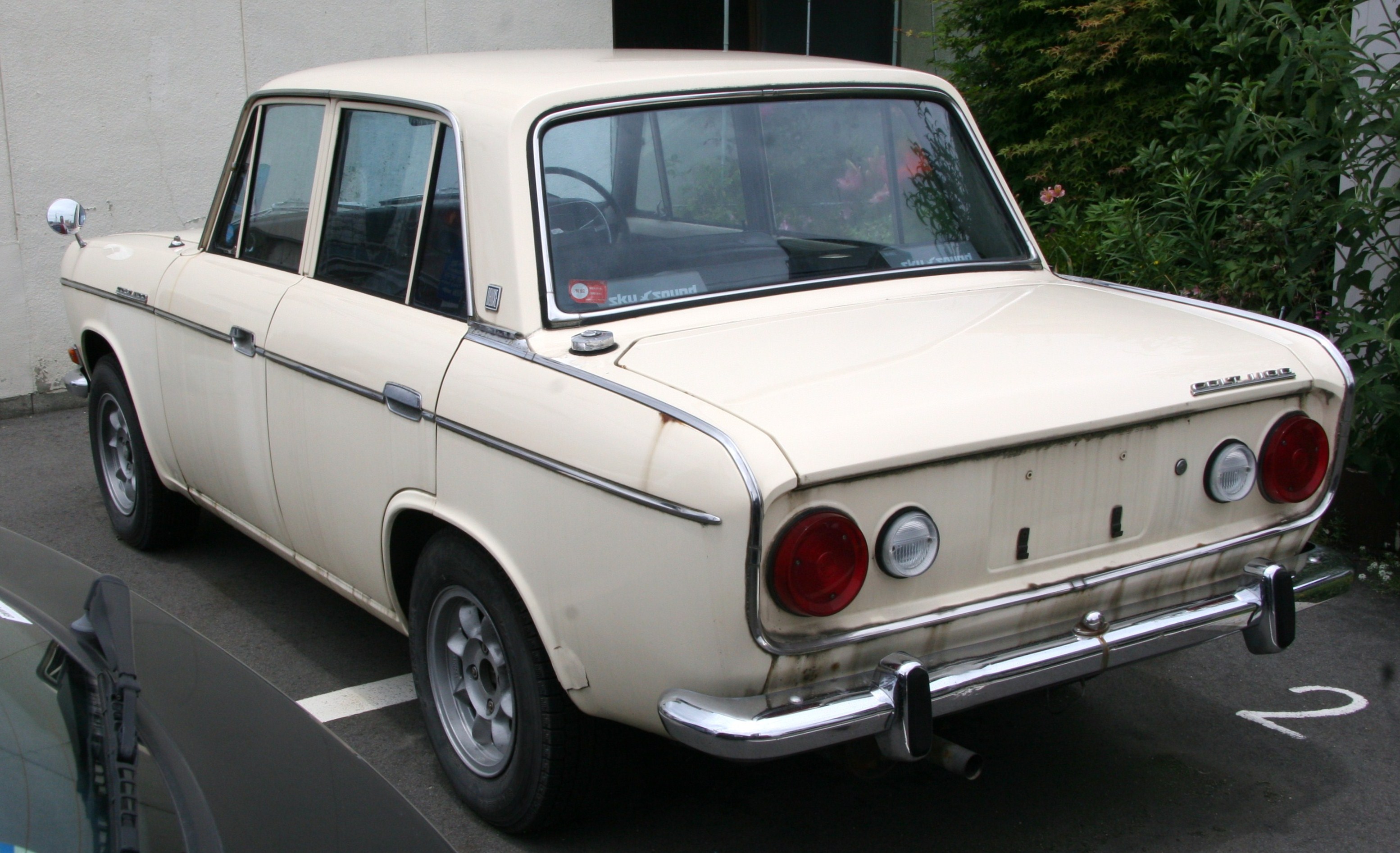|
Mitsubishi Galant
The is an automobile which was produced by Japanese manufacturer Mitsubishi from 1969 until 2012. The model name was derived from the French word ''galant'', meaning "chivalrous". There have been nine distinct generations with total cumulative sales exceeding five million units.History and profile of the Mitsubishi Galant , Mitsubishi Motors South Africa website It began as a sedan, but over the course of its life evolved into a . Initial production was based in Japan, with manufacturing later moved to other countries. [...More Info...] [...Related Items...] OR: [Wikipedia] [Google] [Baidu] |
Mitsubishi Motors
is a Japanese Multinational corporation, multinational Automotive industry, automobile manufacturer headquartered in Minato, Tokyo, Japan.Corporate Profile , Mitsubishi Motors website, 19 June 2008 In 2011, Mitsubishi Motors was the sixth-largest Japanese automaker and the 19th-largest worldwide by production. Since October 2016, Mitsubishi has been one-third (34%) owned by Nissan, and included in the Renault–Nissan–Mitsubishi Alliance. Besides being part of the Renault–Nissan–Mitsubishi Alliance, it is also a part of Mitsubishi Group, Mitsubishi ''keiretsu'', formerly the biggest industrial group in Japan. The company was originally formed in 1970 from the automotive division of Mitsubishi Heavy Industries. [...More Info...] [...Related Items...] OR: [Wikipedia] [Google] [Baidu] |
Mid-size Car
Mid-size—also known as intermediate—is a vehicle size class which originated in the United States and is used for cars larger than compact cars and smaller than full-size cars. "Large family car" is a UK term and a part of the D-segment in the European car classification. Mid-size cars are manufactured in a variety of body styles, including sedans, coupes, station wagons, hatchbacks, and convertibles. Compact executive cars can also fall under the mid-size category. History The automobile that defined this size in the United States was the Rambler Six that was introduced in 1956, although it was called a "compact" car at that time. Much smaller than any standard contemporary full-size cars, it was called a compact to distinguish it from the small imported cars that were being introduced into the marketplace. By the early 1960s, the car was renamed the Rambler Classic and while it retained its basic dimensions, it was now competing with an array of new "intermedia ... [...More Info...] [...Related Items...] OR: [Wikipedia] [Google] [Baidu] |
Mitsubishi Galant GTO
The Mitsubishi Colt Galant GTO (Gran Turismo Omologato) is an automobile which was produced by Mitsubishi Motors from 1970 to 1977. It was first shown as the Galant GTX-1 showcar at the 1969 Tokyo Motor Show. Sales began in November 1970, when it was the flagship hardtop variant of Mitsubishi Heavy Industries's then-new Colt Galant sedan. The nameplate was revived in 1990 for the Mitsubishi GTO, although this name was only used in the Japanese domestic market. History The Colt Galant GTO exterior was penned by Hiroaki Kamisago, who had previously been sent by Mitsubishi to study at the Art Center College of Design, then located in Los Angeles, California. The design incorporates a number of stylistic cues from contemporary American muscle cars such as the Mustang, Firebird and Cougar, including a long hood, raised cut-off ducktail rear, and rounded quad-headlamps and tail-lamps. The GTO was Mitsubishi's second production car to have full, roll down, side windows and a pillarl ... [...More Info...] [...Related Items...] OR: [Wikipedia] [Google] [Baidu] |
Station Wagon
A station wagon (American English, US, also wagon) or estate car (British English, UK, also estate) is an automotive Car body style, body-style variant of a Sedan (automobile), sedan with its roof extended rearward over a shared passenger/cargo volume with access at the back via a third or fifth door (the liftgate, or Trunk (automobile)#Tailgate, tailgate), instead of a trunk/boot lid. The body style transforms a standard Three-box styling, three-box design into a Three-box styling#One-box and Two-Box design, two-box design—to include an Pillar (car), A, B, and C-pillar, as well as a D-pillar. Station wagons can flexibly reconfigure their interior volume via fold-down rear seats to prioritize either passenger or cargo volume. The ''American Heritage Dictionary'' defines a station wagon as "an automobile with one or more rows of folding or removable seats behind the driver and no luggage compartment but an area behind the seats into which suitcases, parcels, etc., can be loaded ... [...More Info...] [...Related Items...] OR: [Wikipedia] [Google] [Baidu] |
Sedan (automobile)
A sedan (American English) or saloon (British English) is a passenger car in a three-box configuration with separate compartments for an engine, passengers, and cargo. The first recorded use of ''sedan'' in reference to an automobile body occurred in 1912. The name derives from the 17th-century litter known as a sedan chair, a one-person enclosed box with windows and carried by porters. Variations of the sedan style include the close-coupled sedan, club sedan, convertible sedan, fastback sedan, hardtop sedan, notchback sedan, and sedanet. Definition A sedan () is a car with a closed body (i.e., a fixed metal roof) with the engine, passengers, and cargo in separate compartments. This broad definition does not differentiate sedans from various other car body styles. Still, in practice, the typical characteristics of sedans are: * a B-pillar (between the front and rear windows) that supports the roof; * two rows of seats; * a three-box design with the engine at the front and ... [...More Info...] [...Related Items...] OR: [Wikipedia] [Google] [Baidu] |
Hardtop Coupé
A hardtop is a rigid form of automobile roof, typically metal, and integral to the vehicle's design, strength, and style. The term typically applies to a pillarless hardtop, a car body style without a B-pillar. The term "pillared hardtop" was used in the 1970s to refer to cars that had a B-pillar but had frameless door glass like a pillarless hardtop. In limited cases, a hardtop roof can be Convertible#Detachable hardtop, detachable (often designed to store in the trunk), or retractable hardtop, retractable within the vehicle itself. Pillarless hardtop The pillarless hardtop (abbreviated as "hardtop") is a post-World War II car body designed with no center or pillar (car), B-pillar or glass frames. If window glass frames are present, they are designed to retract with the window when lowered. This creates an impression of uninterrupted glass along the side of the car. Even the smaller automakers like Packard introduced two-door hardtops in 1952 "as a response to America' ... [...More Info...] [...Related Items...] OR: [Wikipedia] [Google] [Baidu] |
Dodge Colt
The Dodge Colt is a subcompact car manufactured by Mitsubishi Motors and marketed by Dodge for model years 1971 to 1994 as a captive import. Rebadged variants included the Plymouth Champ and Plymouth Colt, both were marketed by Plymouth. The Colt was initially a rebadged variant of the rear-wheel drive Galant and Lancer families before shifting to the smaller front-wheel drive Mitsubishi Mirage subcompacts in 1979. First generation (1971–1973) Introduced in 1970 as a 1971 model, the first generation Dodge Colt was a federalized first-generation Mitsubishi Colt Galant. Available as a 2-door pillared coupe, 2-door hardtop coupe, 4-door sedan, and 5-door wagon, the Colt had a 4-cylinder engine. The unibody layout was traditional, front engine and rear-wheel drive with MacPherson struts in front and a live rear axle. Standard transmission was a 4-speed manual, with a 3-speed automatic being an option. The engine was initially rated for , but dropped to in 1972 when ma ... [...More Info...] [...Related Items...] OR: [Wikipedia] [Google] [Baidu] |
Mid-size Car
Mid-size—also known as intermediate—is a vehicle size class which originated in the United States and is used for cars larger than compact cars and smaller than full-size cars. "Large family car" is a UK term and a part of the D-segment in the European car classification. Mid-size cars are manufactured in a variety of body styles, including sedans, coupes, station wagons, hatchbacks, and convertibles. Compact executive cars can also fall under the mid-size category. History The automobile that defined this size in the United States was the Rambler Six that was introduced in 1956, although it was called a "compact" car at that time. Much smaller than any standard contemporary full-size cars, it was called a compact to distinguish it from the small imported cars that were being introduced into the marketplace. By the early 1960s, the car was renamed the Rambler Classic and while it retained its basic dimensions, it was now competing with an array of new "intermedia ... [...More Info...] [...Related Items...] OR: [Wikipedia] [Google] [Baidu] |
Compact Car
Compact car is a vehicle size class—predominantly used in North America—that sits between subcompact cars and mid-size cars. "Small family car" is a British term and a part of the C-segment in the European car classification. However, before the downsizing of the United States car industry in the 1970s and 1980s, larger vehicles with wheelbases up to were considered "compact cars" in the United States. In Japan, small size passenger vehicle is a registration category that sits between kei cars and regular cars, based on overall size and engine displacement limits. United States Current definition The United States Environmental Protection Agency (EPA) ''Fuel Economy Regulations for 1977 and Later Model Year'' (dated July 1996) includes definitions for classes of automobiles. Based on the combined passenger and cargo volume, compact cars are defined as having an ''interior volume index'' of . 1930s to 1950s The beginnings of U.S. production of compact cars were the ... [...More Info...] [...Related Items...] OR: [Wikipedia] [Google] [Baidu] |
Automobile
A car, or an automobile, is a motor vehicle with wheels. Most definitions of cars state that they run primarily on roads, Car seat, seat one to eight people, have four wheels, and mainly transport private transport#Personal transport, people rather than cargo. There are around one billion cars in use worldwide. The French inventor Nicolas-Joseph Cugnot built the first steam-powered road vehicle in 1769, while the Swiss inventor François Isaac de Rivaz designed and constructed the first internal combustion-powered automobile in 1808. The modern car—a practical, marketable automobile for everyday use—was invented in 1886, when the German inventor Carl Benz patented his Benz Patent-Motorwagen. Commercial cars became widely available during the 20th century. The 1901 Oldsmobile Curved Dash and the 1908 Ford Model T, both American cars, are widely considered the first mass-produced and mass-affordable cars, respectively. Cars were rapidly adopted in the US, where they replac ... [...More Info...] [...Related Items...] OR: [Wikipedia] [Google] [Baidu] |
Japanese Language
is the principal language of the Japonic languages, Japonic language family spoken by the Japanese people. It has around 123 million speakers, primarily in Japan, the only country where it is the national language, and within the Japanese diaspora worldwide. The Japonic family also includes the Ryukyuan languages and the variously classified Hachijō language. There have been many Classification of the Japonic languages, attempts to group the Japonic languages with other families such as Ainu languages, Ainu, Austronesian languages, Austronesian, Koreanic languages, Koreanic, and the now discredited Altaic languages, Altaic, but none of these proposals have gained any widespread acceptance. Little is known of the language's prehistory, or when it first appeared in Japan. Chinese documents from the 3rd century AD recorded a few Japanese words, but substantial Old Japanese texts did not appear until the 8th century. From the Heian period (794–1185), extensive waves of Sino-Ja ... [...More Info...] [...Related Items...] OR: [Wikipedia] [Google] [Baidu] |
Mitsubishi Colt 1000
The Mitsubishi Colt (A20) was one of their first series of passenger cars produced by Shin Mitsubishi Heavy-Industries, Ltd, one of the companies which would become Mitsubishi Motors. Built from 1963 until 1970, they were available in four body styles (2-dr/4-dr sedan, 2-dr van, and 4-dr wagon) and on two different wheelbases, with gradually increasing engine displacements 1000, 1100, 1200, and 1500. After a May 1968 facelift, they were marketed as the "New Colt". Along with the smaller, fastback Colts they formed the mainstay of Mitsubishi's passenger car lineup in the 1960s. With the late 1969 introduction of the new, larger Colt Galant, the outmoded Colt-series soon faded away, eventually replaced by the smaller Mitsubishi Lancer as well. The dimensions were kept small so as to provide Japanese buyers the ability to purchase a car that complied with the Japanese Government compact car dimension regulations and to keep the annual road tax obligation affordable. Colt 1000 (s ... [...More Info...] [...Related Items...] OR: [Wikipedia] [Google] [Baidu] |










